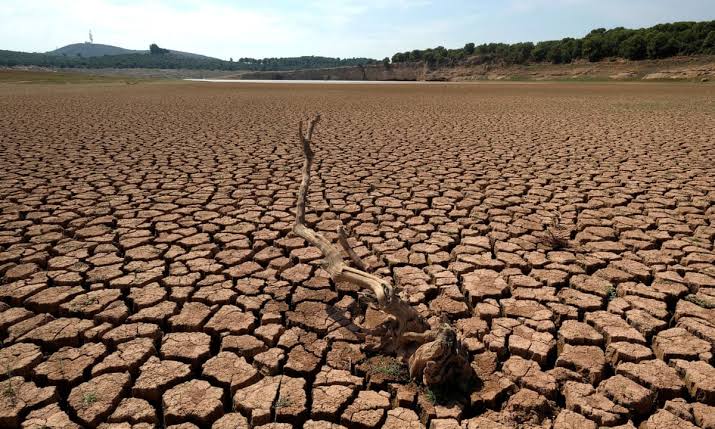
The Mediterranean nation has historically dealt with “semi-permanent water stress” due to its geographical characteristics, according to a report from climate and oceanography specialists within the global Clivar network focused on climate change.
Although rainfall levels in recent years have been approximately average, the report indicates that “increased temperatures have resulted in heightened atmospheric evaporation, leading to prolonged and more severe droughts.” This finding aligns with the prevailing scientific consensus on the issue.
Spain, which at the start of this century witnessed “the highest occurrence of severe droughts in the past 150 years,” can anticipate “more frequent and intense drought conditions,” the report warns.
Consequently, the likelihood of wildfires will rise, becoming “more severe” and lasting longer from June to September when temperatures are elevated.
These conditions will adversely impact two vital sectors of Spain’s economy: agriculture and tourism.
The report notes that “ideal conditions for summer tourism will decline,” while “intermediate seasons” may see improvements.
On a positive note, Spain’s national weather agency AEMET announced on Tuesday that a drought, which has dried out fields and led to water restrictions since 2021, may soon come to an end due to recent heavy rainfall.
This drought has resulted in reduced yields of cereals, olive oil, and wine, prompting officials to devise plans for transporting fresh water by boat to Barcelona, the country’s second-largest city.



